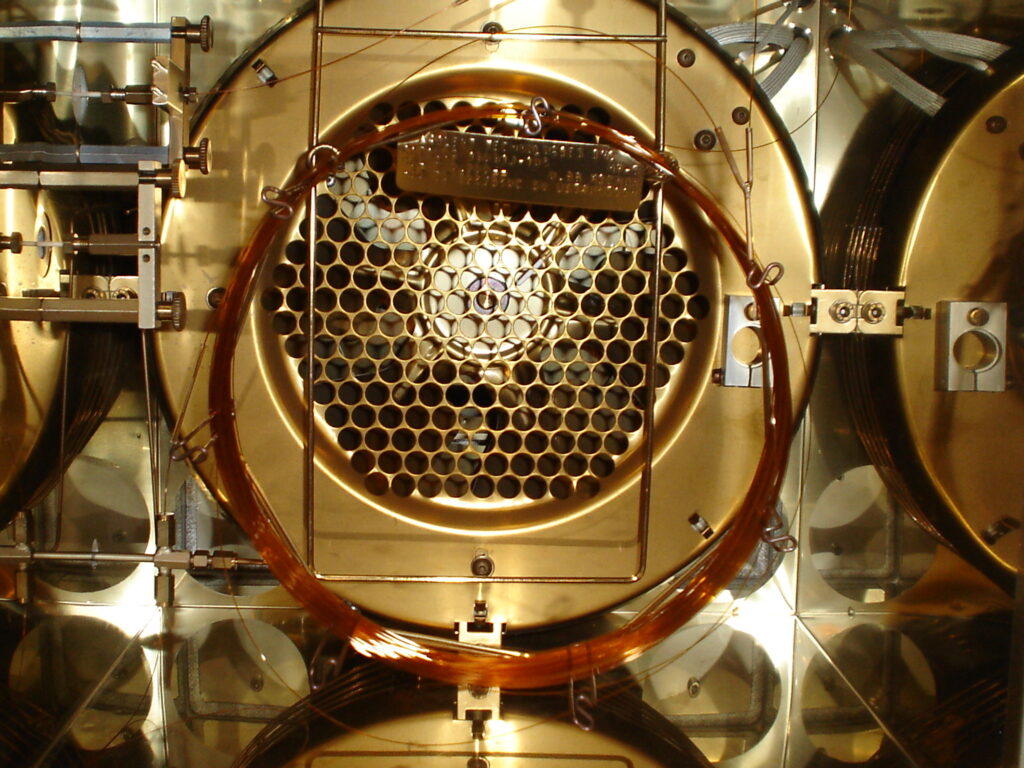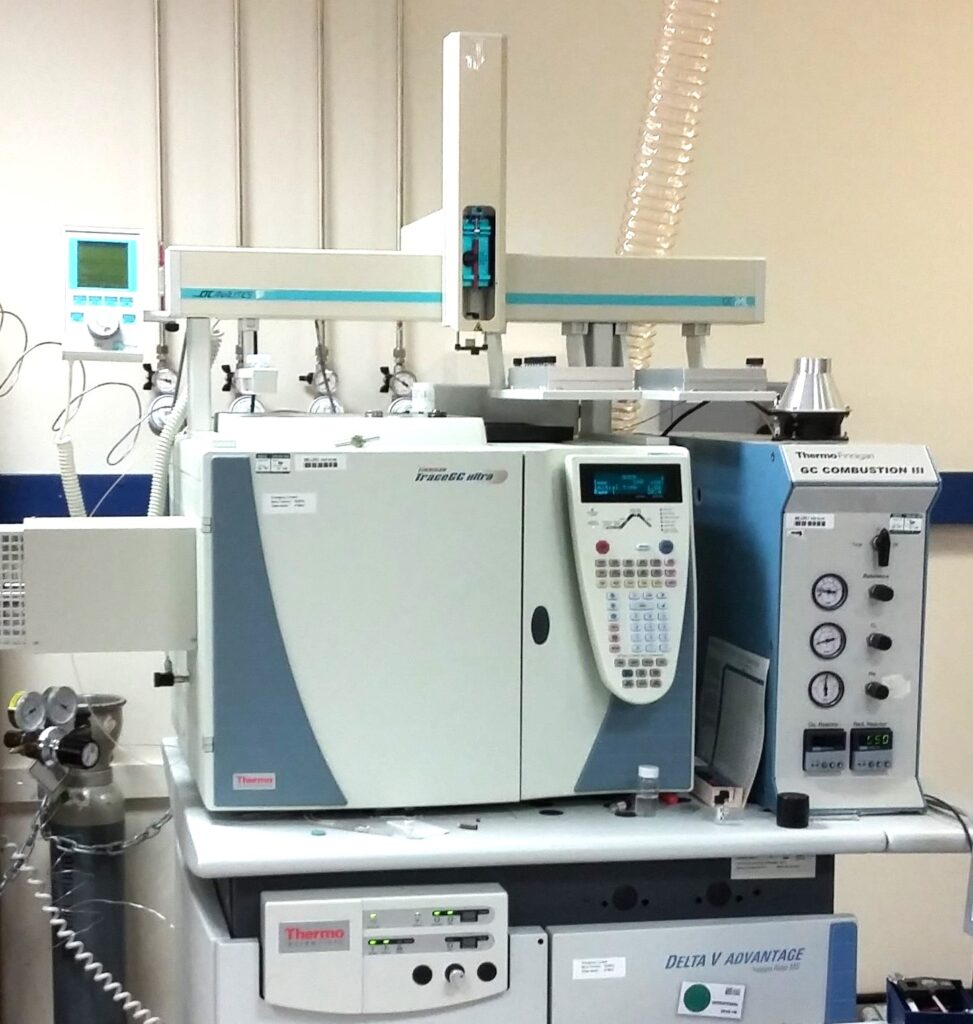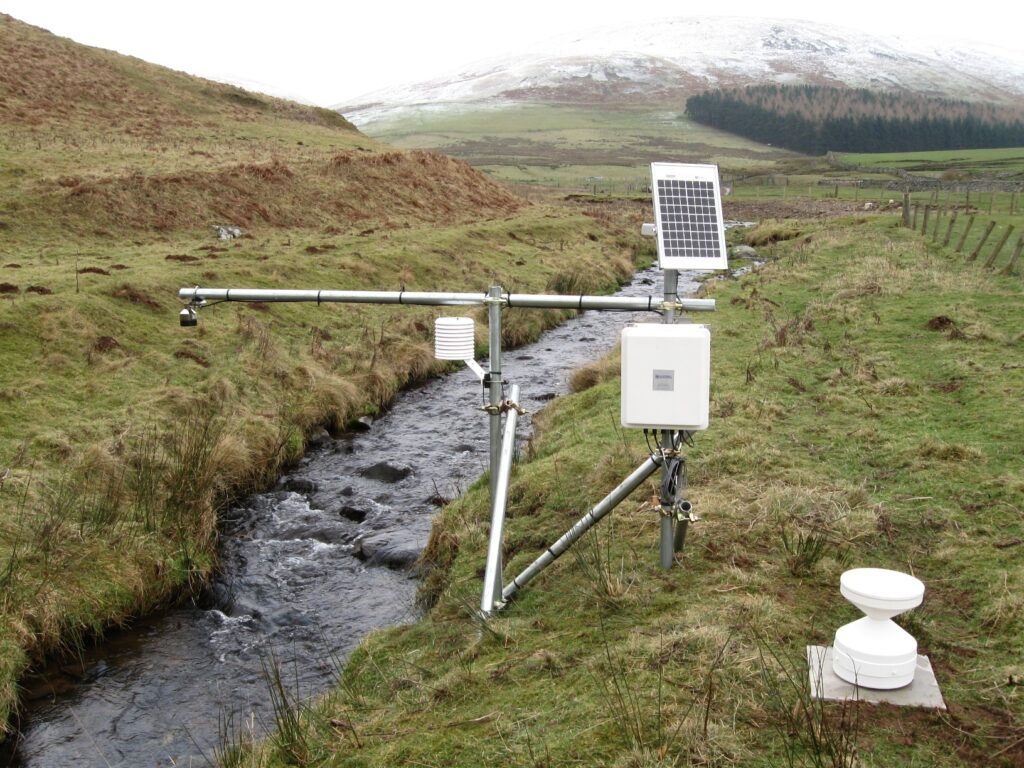Isotopes as environmental tracers
Isotopes can be used as powerful tool for investigating a wide range of environmentally significant processes.
Using an array of techniques, IRMS, TIMS etc., we offer high-quality isotope analysis—both bulk and compound-specific—across a wide range of sample types, including rocks, waters, soils, gases, biological samples, foods, chemical products, and more.
Unlocking environmental insights with isotope analysis
Changes in isotopic composition over time can be accurately determined at near natural abundance levels by Isotope Ratio Mass Spectrometry. Stable isotope signatures can thus be used as natural, intrinsic tracers to study systems and can therefore provide a powerful tool for investigating a wide range of environmentally significant processes.
- The identification of primary and secondary food sources, elucidating predator/prey relationships and constructing food webs.
- Tracing nutrient and mineral uptake by plants and animals.
- Determining the relative importance of plants and microbes to greenhouse gas emissions from soil. Measuring environmental stressors by monitoring plant uptake of CO2 and/or water.
- Tracing the sources of catchments waters.
Stable isotope signatures can be used as natural, intrinsic tracers to study systems and can therefore provide a powerful tool for investigating a wide range of environmentally significant processes
Gillian Martin, Research Technician



Measuring the stable isotopes in particular compounds (such as Phospholipid fatty acids, PLFAs) can provide additional information from that obtained by bulk isotope analysis. Information about the functioning of the microbial pool in soils, estuarine and marine sediments is obtained from carbon isotopes in phospholipid fatty acids. Whilst the same isotopes in neutral fatty acids and alkanes may provide a tool for determining the main sources of erosion contributing to riverine sediments.
Radiogenic isotopes are an extremely useful means to determine geological stratigraphy and digenesis from geological materials. For example, we can analyse the Strontium (Sr) isotope ratio of the salts from production waters and/or cores of any vintage to characterise reservoir stratigraphy, compartmentalisation and connectivity.
Strontium isotopes can also be used for Strontium Isotope Stratigraphy where materials, geological or biological (fossil) which have precipitated in a marine situation and have retained their original isotope signature can be dated. In addition, we can analyse Samarium and Neodymium (Sm-Nd) isotopes for provenancing sedimentary stratigraphy where other methods cannot be applied.
